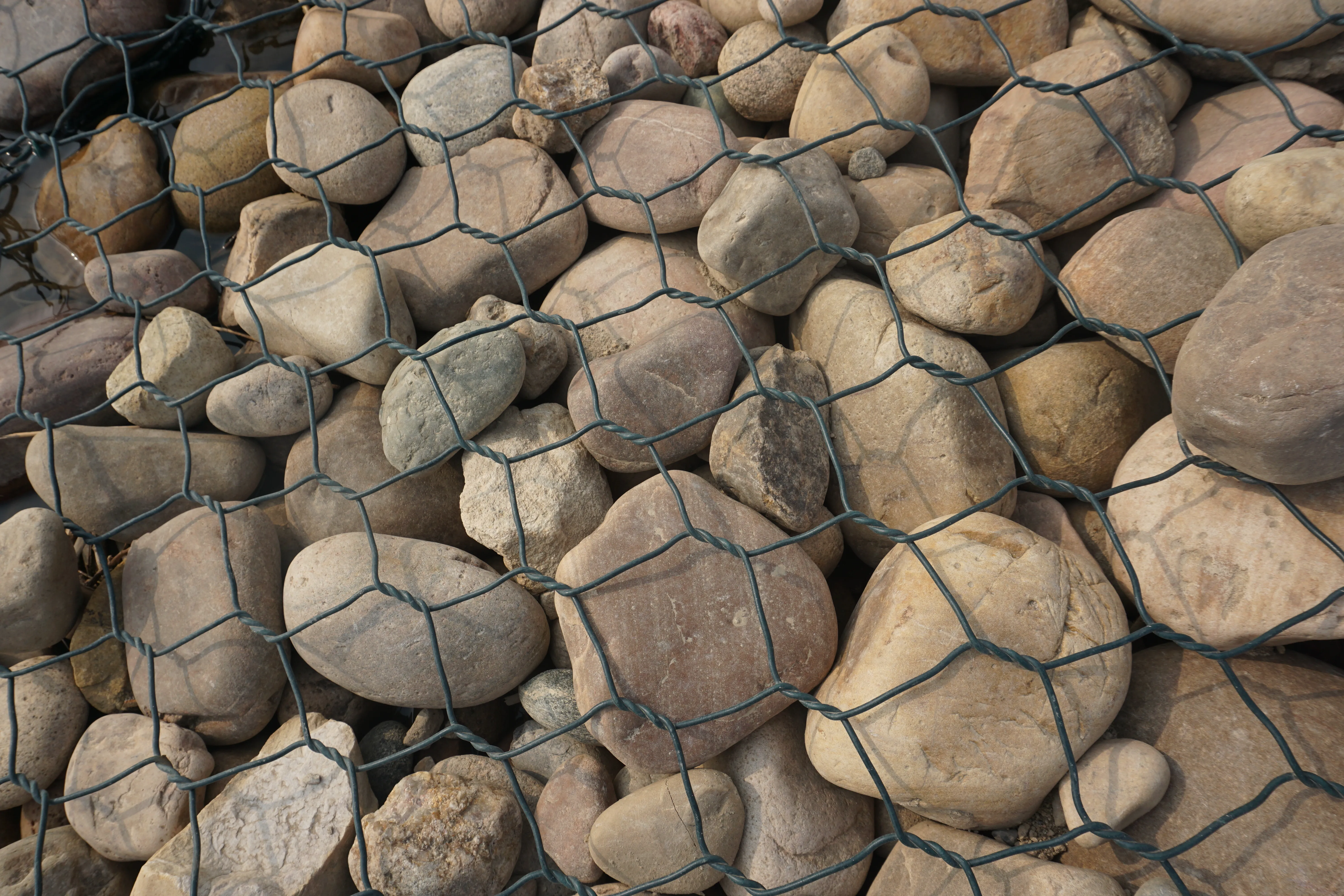
- Afrikaans
- Albanian
- Arabic
- Armenian
- Azerbaijani
- Basque
- Belarusian
- Bengali
- Bosnian
- Bulgarian
- Croatian
- Czech
- Danish
- Dutch
- English
- Esperanto
- Estonian
- Finnish
- French
- Galician
- Georgian
- German
- Greek
- hawaiian
- Hindi
- Hungarian
- Indonesian
- irish
- Italian
- Lao
- Latvian
- Lithuanian
- Luxembourgish
- Macedonian
- Maltese
- Myanmar
- Norwegian
- Polish
- Portuguese
- Romanian
- Russian
- Serbian
- Slovak
- Somali
- Spanish
- Swedish
- Thai
- Turkish
- Turkmen
- Vietnamese
Dec . 05, 2024 11:28 Back to list
installing welded wire fence
Installing Welded Wire Fence A Comprehensive Guide
When it comes to securing your property, enhancing your garden, or containing livestock, installing a welded wire fence is an excellent choice. It combines strength and durability with versatility, making it suitable for a variety of applications. This guide will outline the essential steps and considerations in the installation process to ensure a successful fencing project.
Understanding Welded Wire Fencing
Welded wire fencing consists of metal wires that are welded together at their intersections, creating a sturdy and robust mesh. Typically made from galvanized steel, it offers excellent resistance to corrosion and rust, making it suitable for outdoor use. The mesh size can vary based on your needs, whether for garden use, animal containment, or security.
Planning Your Fence Installation
1. Define Your Purpose
Before you start, determine the primary purpose of your fence. Are you looking to keep pets in, deter intruders, or protect plants from animals? Knowing the purpose will guide you in choosing the right height and mesh size.
2. Measure and Mark Your Area
Once you've defined the intended use, measure the perimeter where the fence will be installed. Utilize stakes and string to create a clear outline of the fence line. This step is crucial for ensuring accurate placement of posts and maintaining a straight installation.
3. Check Local Regulations
Before proceeding, check your local building codes and regulations regarding fencing. Some areas require permits or have restrictions on the height and type of materials used. Ensuring compliance will save you potential legal headaches down the line.
Materials Needed
To install a welded wire fence, gather the following materials
- Welded wire fencing rolls - Fence posts (wood, metal, or vinyl) - Post caps (if desired) - Concrete (for setting posts) - Nails or screws - Fence ties or hog rings (for attaching wire to posts) - Tools shovel, post hole digger, level, measuring tape, and wire cutters
Installation Steps
installing welded wire fence

Using a post hole digger or auger, excavate holes for your fence posts. The holes should be approximately 1/3 the height of the posts you are using, typically around 2-3 feet deep, depending on the soil and climate conditions. Ensure that the holes are spaced evenly, generally 6 to 8 feet apart.
2. Set the Fence Posts
Place the posts into the prepared holes. Use a level to ensure they are vertical and straight. Pour concrete around the posts for added stability, and let it cure according to the manufacturer's instructions. If you're using wooden posts, consider treating them with a preservative to extend their lifespan.
3. Attach the Welded Wire Fencing
Once the posts are set and secure, roll out the welded wire fencing along the completed posts. Starting at one end, attach the fencing to the first post using fence ties or hog rings. Space them about 12 to 24 inches apart, depending on the wire's height and weight. Repeat the process for each post along the fence line until the entire length is connected.
4. Secure the Bottom
To ensure that animals cannot dig beneath the fence, you might want to secure the bottom of the wired fence by burying several inches of it underground. Alternatively, you can use fence staples to anchor the bottom to the ground.
5. Finishing Touches
Once the fencing is secured, check for any loose spots and tighten them up. If desired, add post caps to the tops of the fence posts for a polished look and added protection from moisture.
Maintenance Tips
Welded wire fencing is low-maintenance, but periodic inspections are important. Look for any signs of corrosion, loose wires, or damage from animals. A quick repair can prolong the life of your fence significantly.
Final Thoughts
Installing a welded wire fence may seem daunting at first, but with careful planning and attention to detail, it can be a rewarding DIY project. Not only does it enhance the security of your property, but it also provides an aesthetically pleasing boundary for gardens and livestock. Follow these steps, and soon you will enjoy the benefits of a sturdy and reliable fence for years to come.
-
The Vital Role of Wire Mesh in Construction
NewsJul.01,2025
-
The Essential Benefits of Welded Wire Mesh
NewsJul.01,2025
-
Secure Your Property with Field Farm Fence
NewsJul.01,2025
-
Expert Chain Link Fence Installation
NewsJul.01,2025
-
Discover the Versatility of Hexagonal Wire Mesh
NewsJul.01,2025
-
Barbed Wire
NewsJul.01,2025









